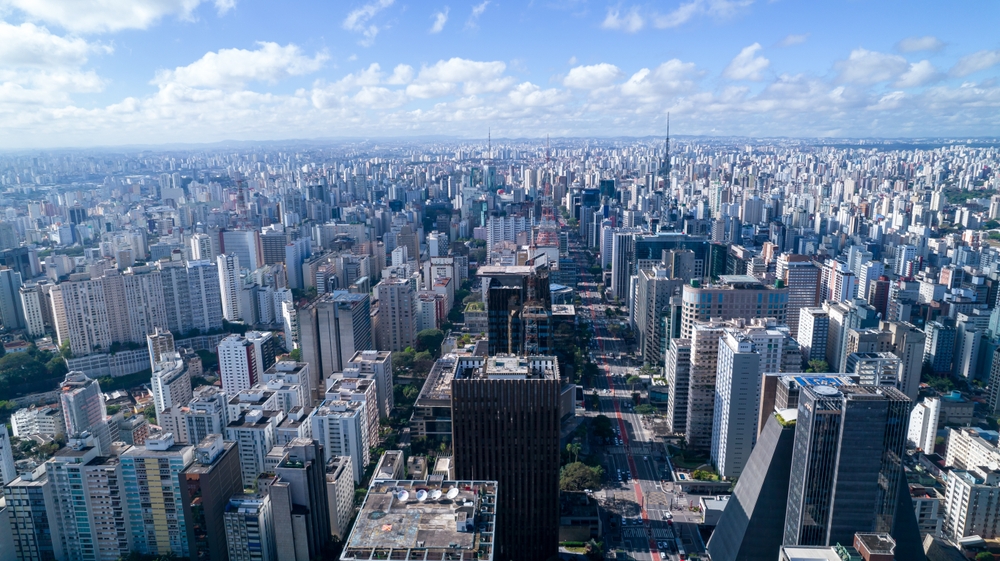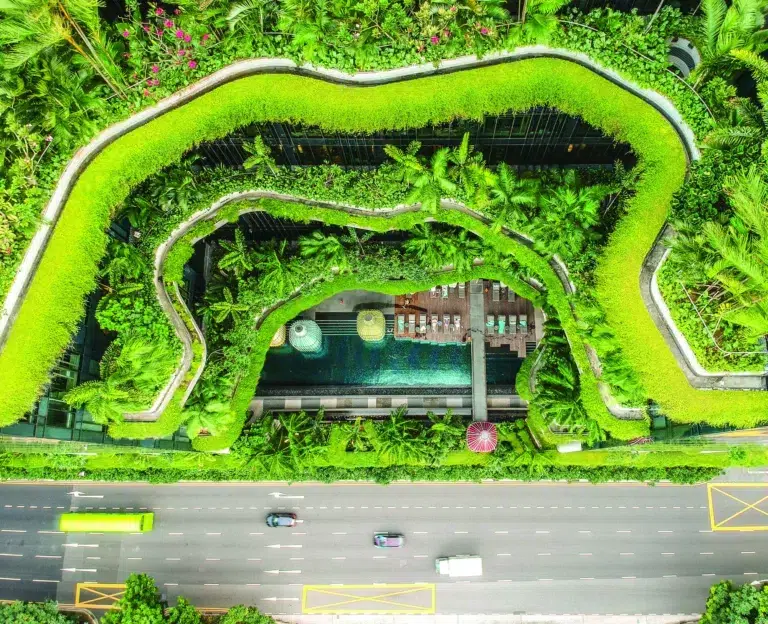Architectural transformations: Navigating innovations in 2023 and beyond
Revolutionise spaces, sustainability, and vertical urbanism in modern architecture

The year 2023 has witnessed a transformative wave in architecture, marked by groundbreaking innovations that are reshaping how we perceive and interact with our surroundings. Medium noted that advancements are the integration of smart technologies into architectural designs, allowing buildings to respond intelligently to occupants’ needs in real time.
Another significant trend is the use of sustainable and eco-friendly materials, addressing environmental concerns by reducing the carbon footprint of buildings. Urban planning has taken a vertical approach, with architects focusing on building towering structures that house residential, commercial, and green spaces within a single building, aiming to combat overpopulation and limited space in urban areas.
According to Buildner, 3D printing technology has revolutionised architecture, enabling the construction of intricate designs with precision and speed previously unattainable. Additionally, the adoption of parametric design methodologies, using advanced computational tools, has resulted in architects generating complex, organic forms that respond to various parameters, enhancing both aesthetics and functionality.
Related: A future like Wakanda: Why big cities should embrace and build on their past
In a parallel development, the resurgence of vertical living, a concept rooted in ancient times, is taking centre stage in modern architecture. Initially, high-rises in cities like New York transformed into luxurious living experiences, evolving into vertical communities that physically segregated the wealthy from the common man. Now, in cities like London, a new wave of over 400 planned towers is sparking debate about their effectiveness in providing affordable housing.
The concept of vertical urbanism, as reported by Energy Your Ways, has gained traction as a solution to urban challenges, offering space optimization, reduced commuting, energy efficiency, and enhanced connectivity. Vertical cities are reshaping urban landscapes, creating iconic skylines, incorporating green spaces, and promoting mixed-use development. This approach aligns with a global movement toward sustainable cities, relying on renewable energy, fostering biodiversity, and integrating smart building technologies.
Further contributing to greener urban futures are green walls, or vertical gardens, which act as natural air filters, reduce noise pollution, regulate temperatures, and enhance biodiversity. Case studies like the Bosco Verticale in Milan and the Green Spine in Melbourne showcase the environmental impact of these living installations, absorbing CO2 and improving air quality.
As cities grapple with climate change and environmental degradation, the integration of green walls represents a promising avenue for sustainable urban planning. The future holds exciting possibilities as ongoing research and technological advancements continue to pave the way for greener cities and brighter futures, one green wall at a time.
The Property Report editors wrote this article. For more information, email: [email protected].
Recommended
6 green real estate projects reshaping Asia’s future
Developers are being incentivised to push a green agenda into daring new realms
ARES White Paper Volume 3: The era of adaptive reinvention
Pioneering sustainable and innovative practices in urban development
ARES White Paper Volume 2: Unravelling the power of data revolution in real estate
Insights on proptech, smart cities, and sustainable development
ARES Digital White Paper Volume 1: The fundamentals of responsible building
Green and climate heroes join forces to discuss how Asia Pacific can weather the current environmental crises and the looming effects of climate change






